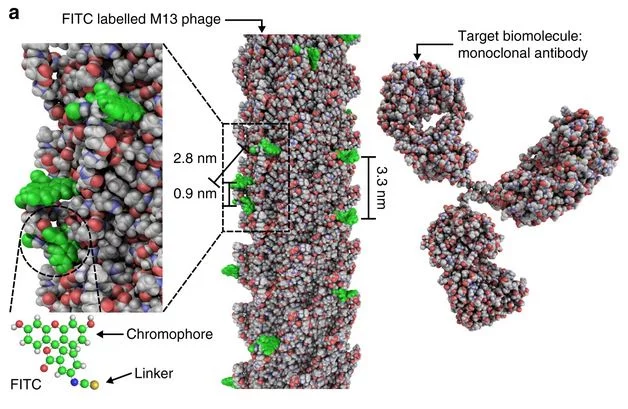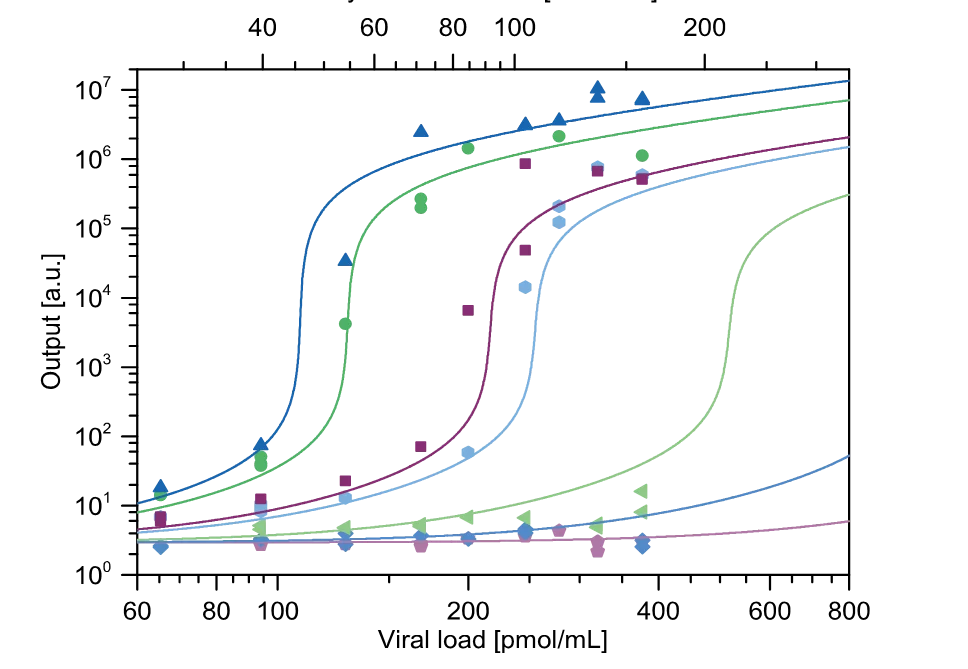John E. Hales, Guy Matmon, Paul A. Dalby, John M. Ward & Gabriel Aeppli Nature Communications volume 10, Article number: 3594 (2019) and see also https://naturemicrobiologycommunity.nature.com/users/7272-ben-libberton/posts/53181-turning-viruses-into-lasers-could-revolutionise-hospital-diagnostics for a popular description of the technology.
In the Photon Science Division, headed by Prof. Dr. Gabriel Aeppli, a novel strategy for the detection of very small amounts of substances, such as toxins or viruses, has recently been developed (Hales et. al. 2019, Nat Commun 10:3594). The method takes advantage of lasing – optical amplification rather then chemical amplification as is practiced in many current biomedical tests - to amplify by many orders of magnitude the fluorescent signal in immunoassays. Proof-of-concept experiments were performed for measuring viral loads and a cancer antibody.



